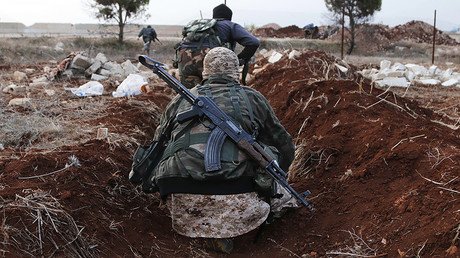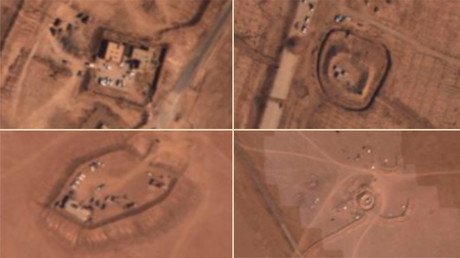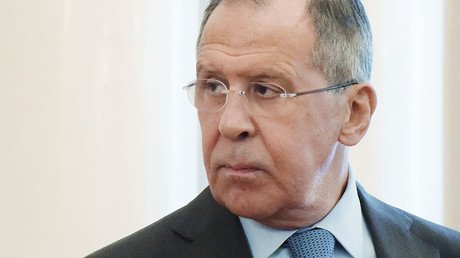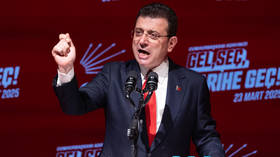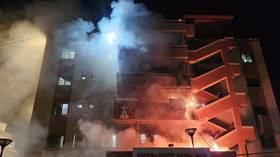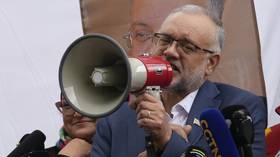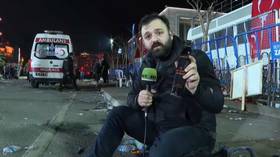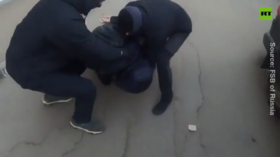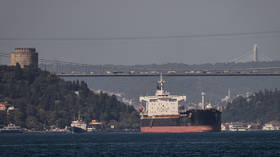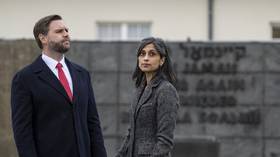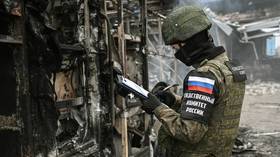ISIS attacked Syrian positions from US-controlled area, used sophisticated data – Moscow
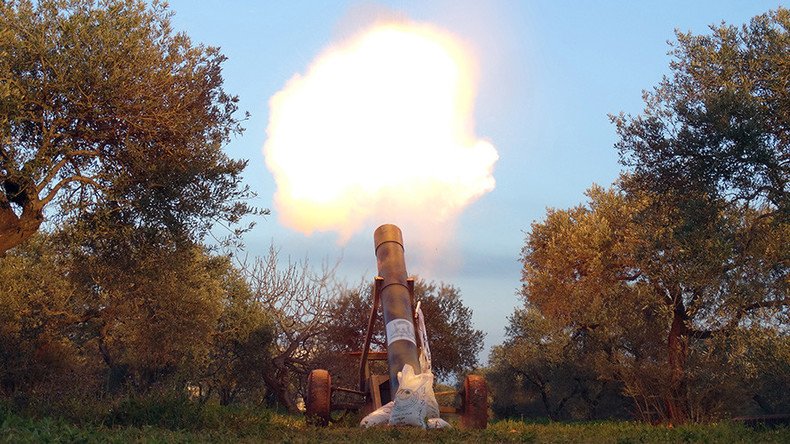
A series of recent Islamic State attacks against Syrian forces used sophisticated intelligence and originated from a US-controlled area near al-Tanf on the Syria-Jordan border, Russia’s Defense Ministry said.
“We have repeatedly pointed out that the major obstacle to the complete elimination of IS (Islamic State, formerly ISIS/ISIL) in Syria lies not in the fighting capability of the terrorists but [in the fact] that American colleagues are supporting them and are ‘flirting’ with them,” the Russian Defense Ministry's spokesman, Major General Igor Konashenkov, said in a statement.
He went on to say that the successful advances of the Syrian Army, supported by the Russian Air Force, as well as the “rapid liberation” of the Euphrates Valley from Islamic State are “apparently at odds with the plans of US colleagues.”
The ministry’s spokesman then said that the recent well-coordinated actions of the terrorists indicate that they possess intelligence data that can only be obtained as a result of air reconnaissance. He noted that all the terrorist attacks originated from the same US-controlled area.
The extremists attempted to carry out an attack against the Syrian governmental forces, which was “coordinated in time and place,” in the Syrian Homs province on September 28, Konashenkov said.
He drew attention to the fact that a large terrorist unit “successfully bypassed” all the Syrian Army’s hidden outposts in the area. That, the official noted, could have been done only if the extremists had precise coordinates of each governmental forces’ position obtained through air reconnaissance data, which were analyzed by some specialists in advance.
The major-general said that, on the same day, the jihadists also attacked the Syrian Army positions along the highway linking the Syrian cities of Palmyra and Deir ez-Zor, which plays a crucial role in supplying the governmental forces in the Euphrates Valley.
The Syrian Army had to “make significant efforts” to repel these attacks, but the terrorists were eventually driven back.
All those attacks “have only one thing in common: all of them originated from a 50-kilometer zone surrounding the city of al-Tanf on the Syria-Jordan border,” Konashenkov said, adding that it is precisely the same area, where the US military mission’s base is located.
In response to the Russian ministry’s statement, the Pentagon vehemently denied that the US-led coalition in Syria has any links to Islamic State, calling such suggestions “baseless” and “unhelpful.”
"Coalition forces remain focused on the defeat of ISIS [Islamic State]. Any suggestion that US forces or our coalition partners work with terrorist groups is baseless and unhelpful to the operation to defeat ISIS," the US Department of Defense spokesman, Adrian Rankine-Galloway, told Sputnik on Wednesday.
In his statement, Konashenkov doubted that all those incidents could be described as just “mere coincidences” by saying that, “if the US side considers such operations as “’unforeseen’ contingencies, the Russian Air Forces in Syria are ready to eliminate” them in an area they control.
It is not the first time, when the Russian officials suspected the US-led coalition of having links to some radical groups in Syria and the Al Nusra Front, a local Al Qaeda branch, in particular.
In early September, Russian Foreign Minister Sergey Lavrov said that the situation around Al Nusra in Syria remains “highly ambiguous” as it was repeatedly spared in the operations conducted by the US-led coalition and its allies.
On September 20, the Russian Defense Ministry said it obtained data indicating that an offensive launched by Al Nusra terrorists and their allies seeking particularly to capture a unit of the Russian military police was orchestrated by the US security services.
Just four days later, the ministry released aerial images, which they said showed US Army Special Forces equipment in an ISIS-held area to the north of the city of Deir ez-Zor. The US, however, denied having any links to the jihadists.
On October 3, Lavrov once again raised the issue of the US-led coalition’s alleged links to the extremist groups as he criticized the US for playing dangerous games by inspiring “terrorists to attack strategic locations” held by the Syrian governmental forces or staging “fatal provocations against our [Russian] military personnel.”
